The golden circle is the most popular tourist route in Iceland; we did it on the 3rd day of our travel when we departed from Reykjavik and traveled south. Why is this route so popular? Because in one day (it can be done as a day trip from Reykjavik) you can see three characteristic landscapes of Iceland; waterfall, geothermal area and valley between tectonic plates.

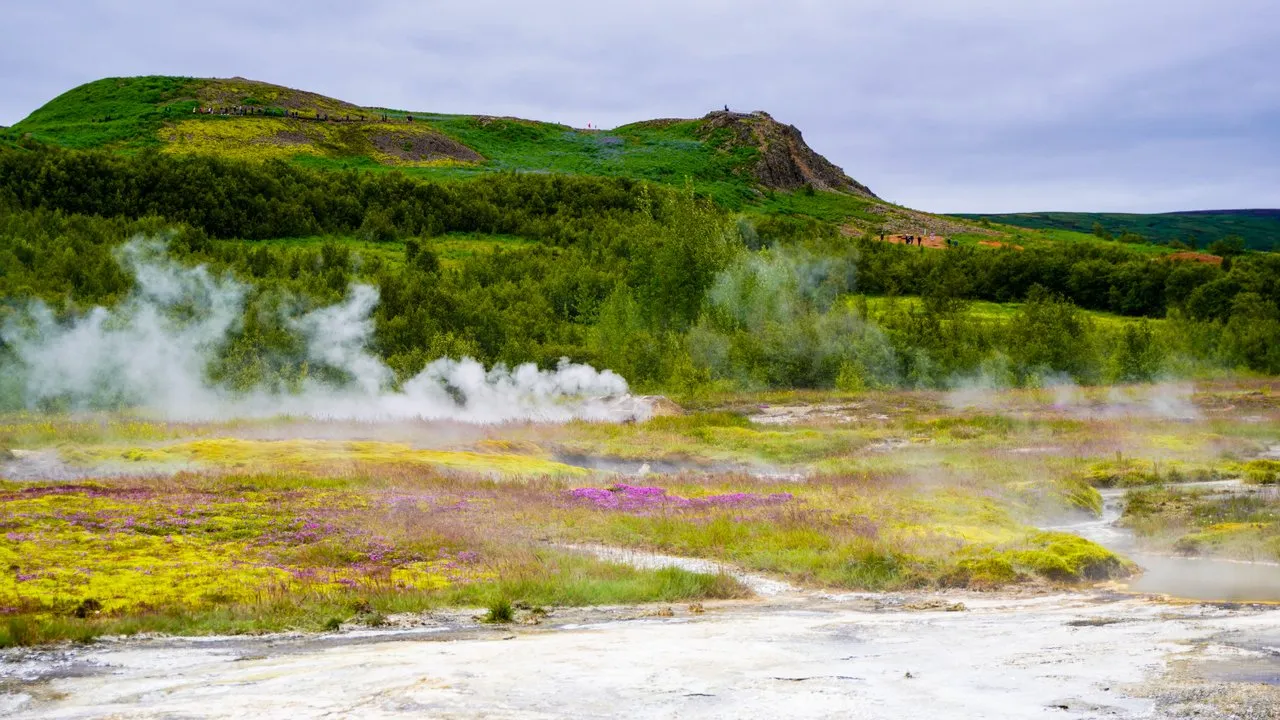


Þingvellir National Park
Our first stop was at Þingvellir National Park. We’ve parked at the visitor’s centre area and walked down the valley. The area is very important in Icelandic history, since it is considered as the place where the first North European parliament was held (starting in 930 A.D., in the time of the Vikings).
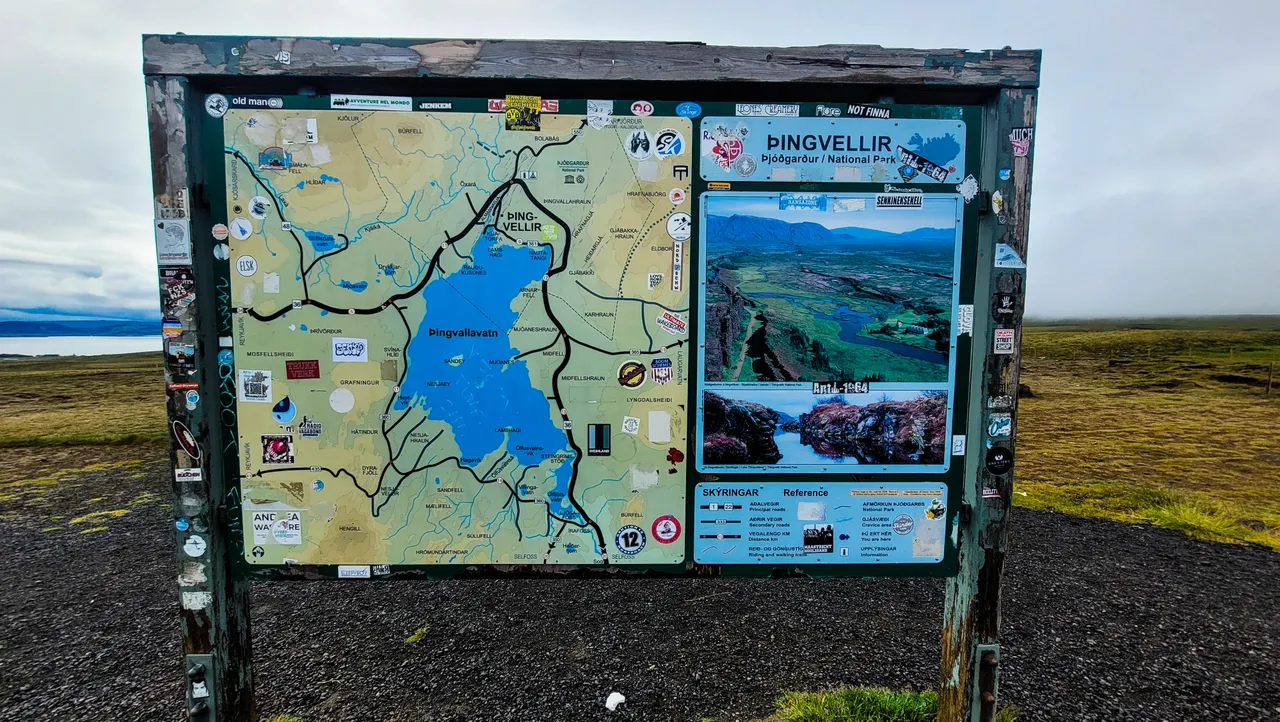

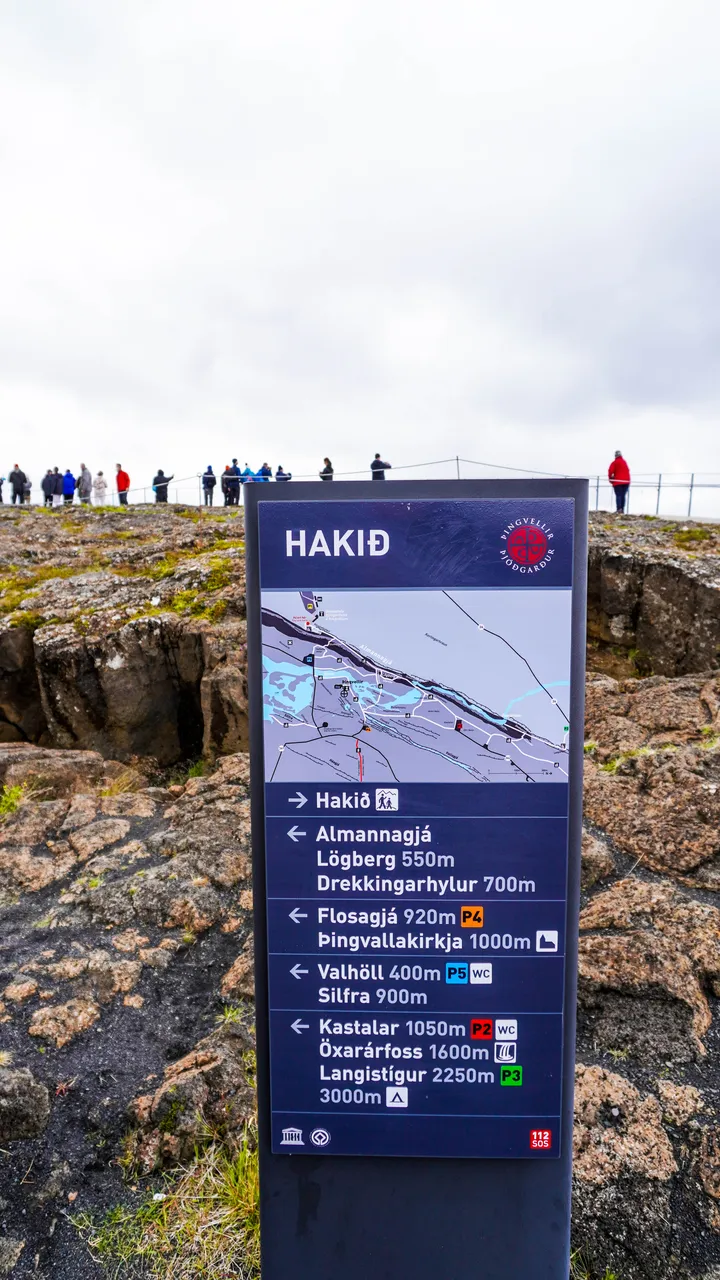
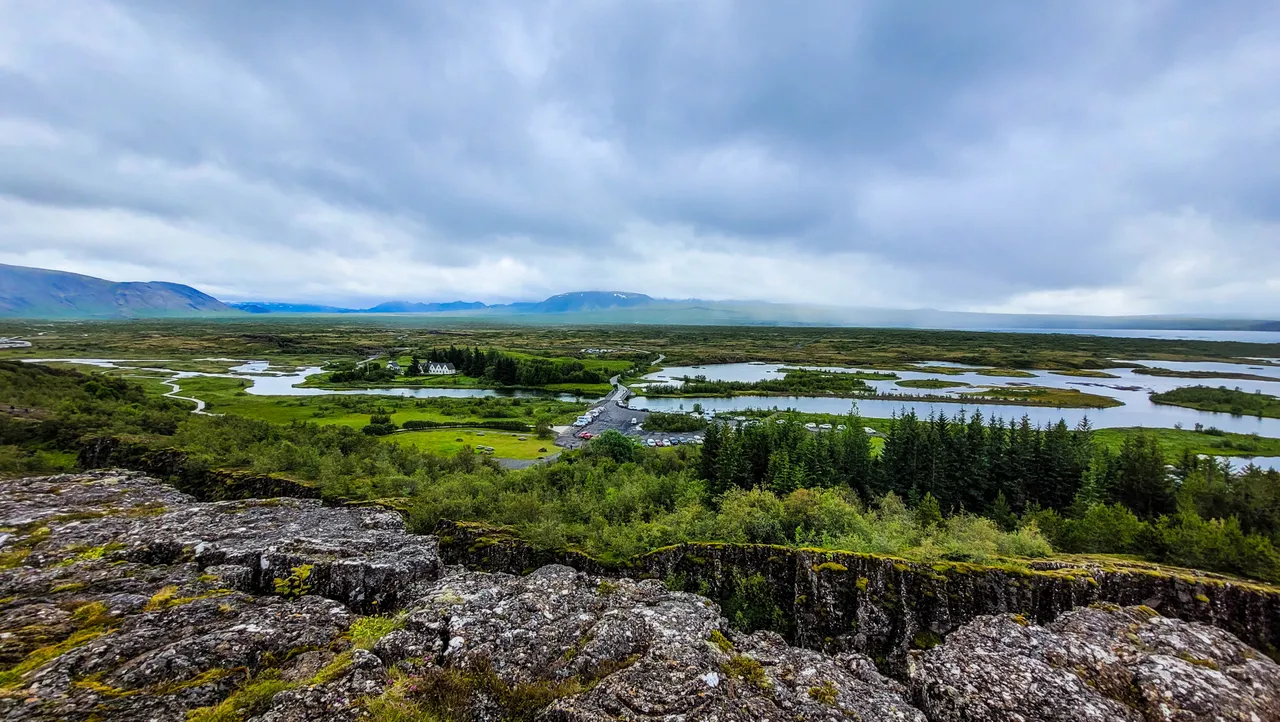

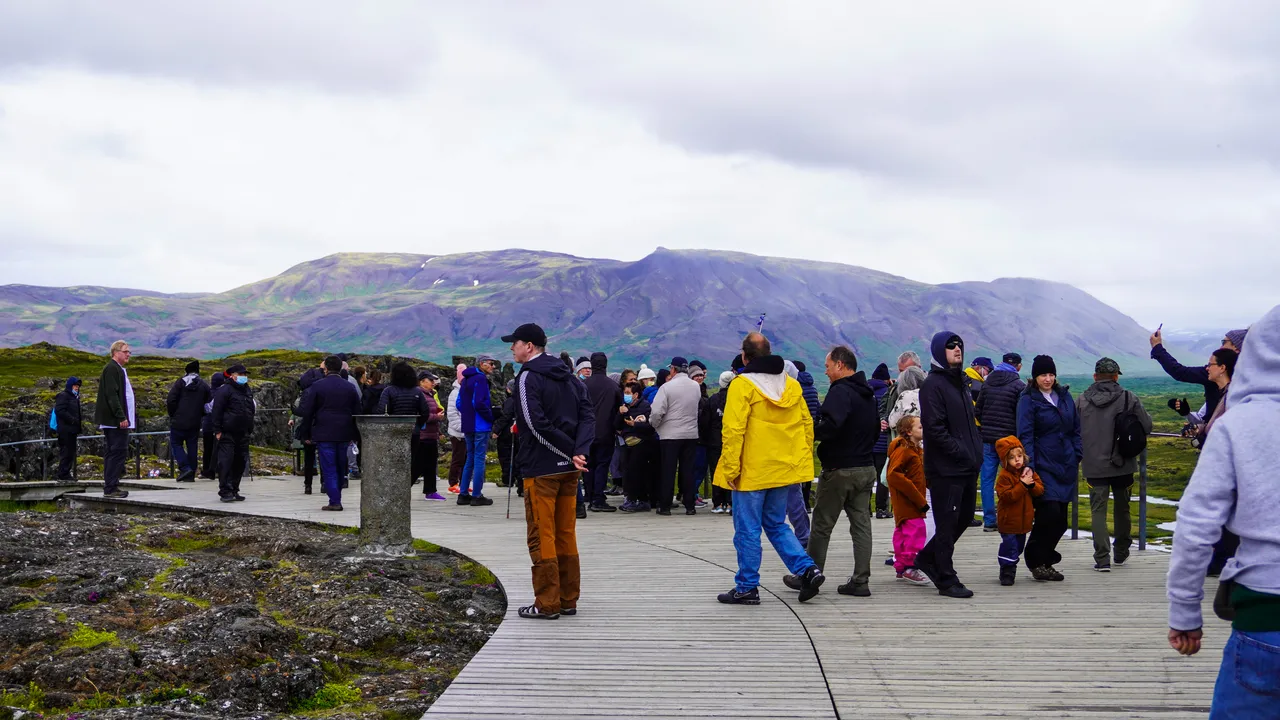
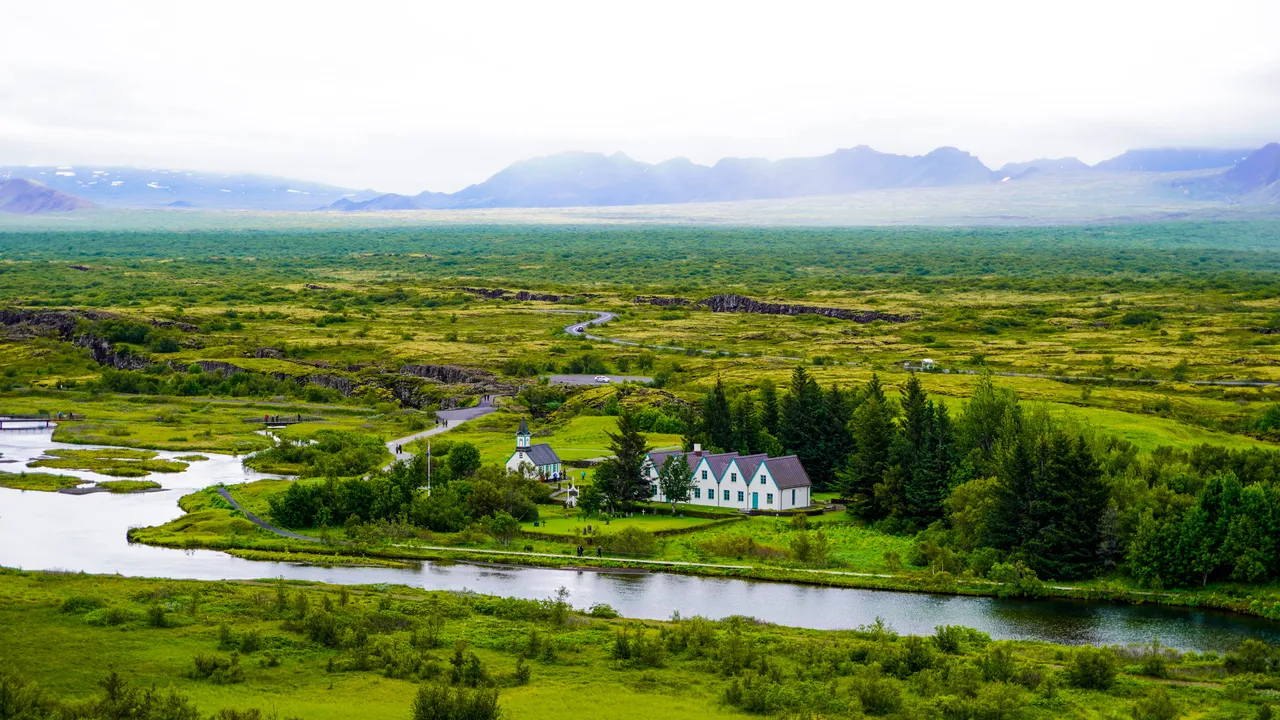
For us, the most exciting thing was that you could see rifts in the tectonic plates. Iceland is divided by the Mid-Atlantic Rif. Part of the country is on the North American tectonic plate while the other part on the Eurasian plate. And in Þingvellir National Park is the only place in the world where you can see the rift above sea level. It is really impressive when you walk through the valley.
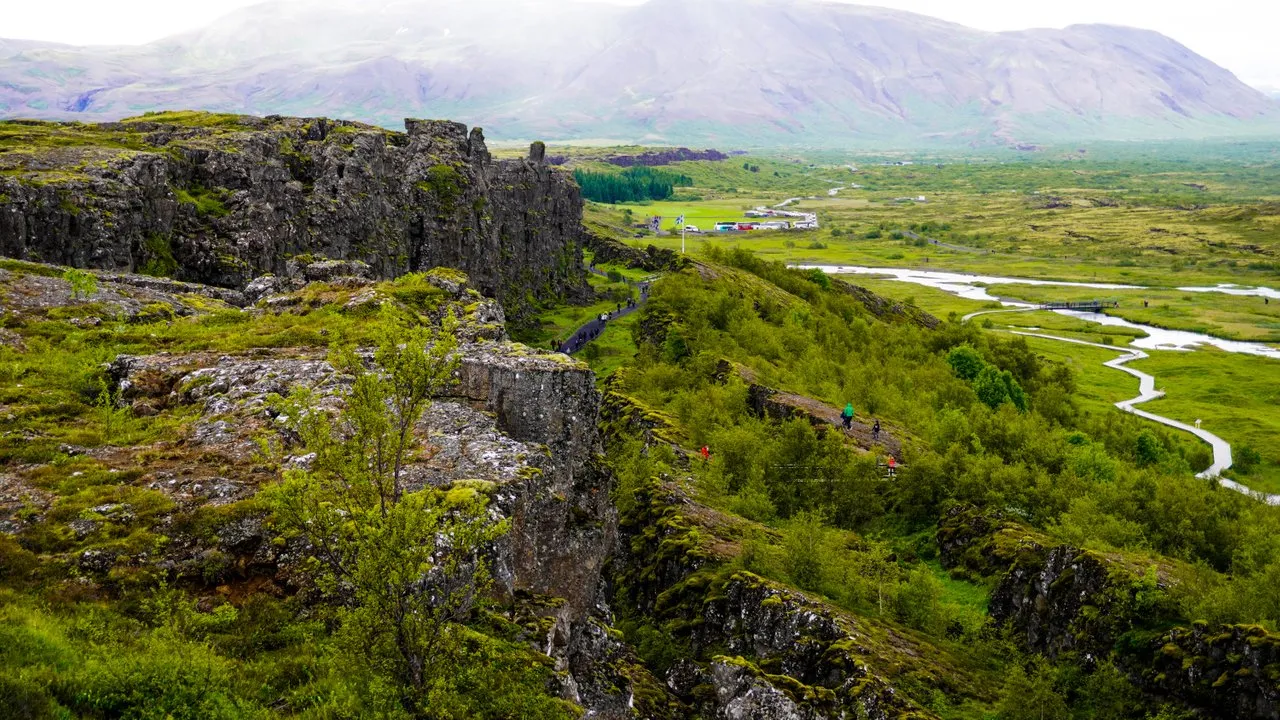
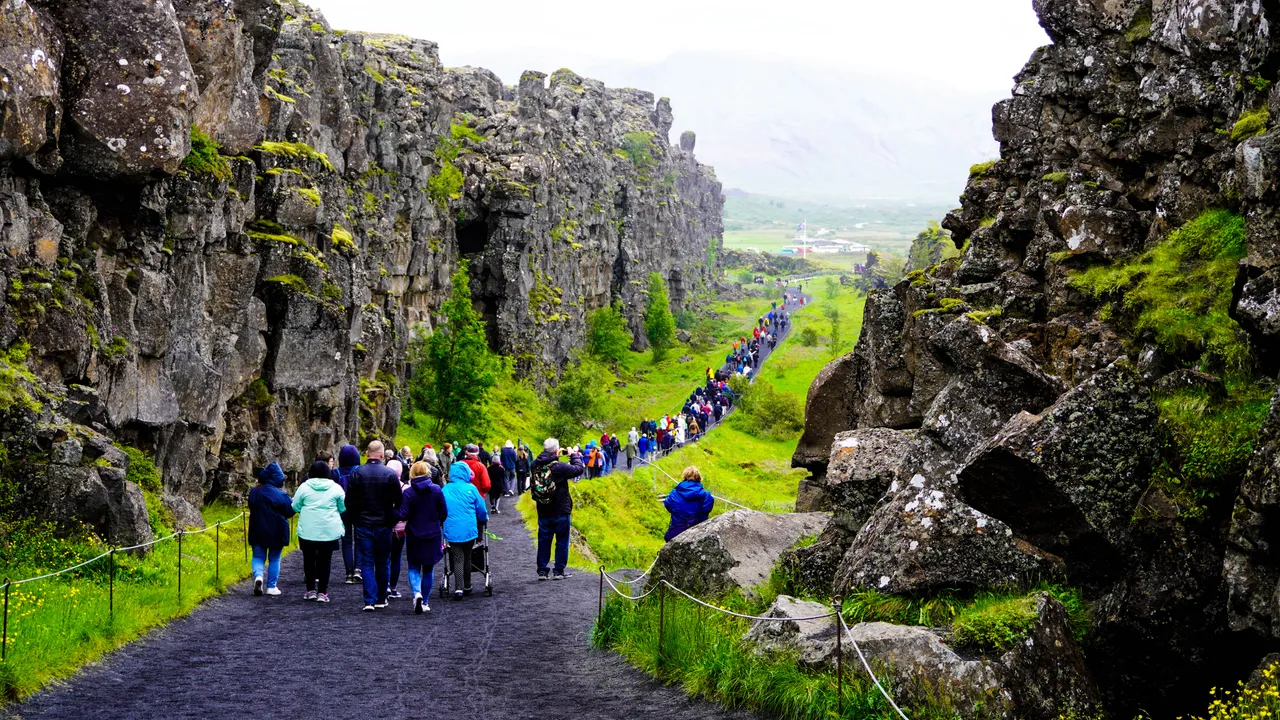
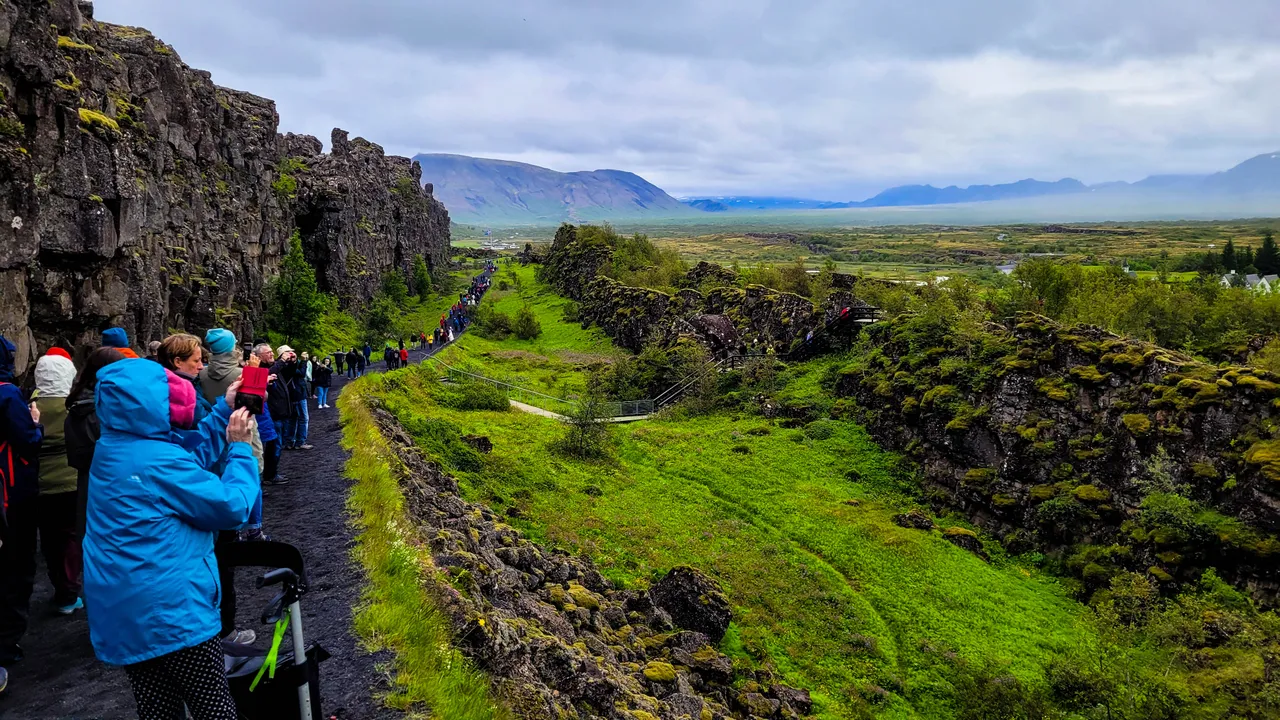

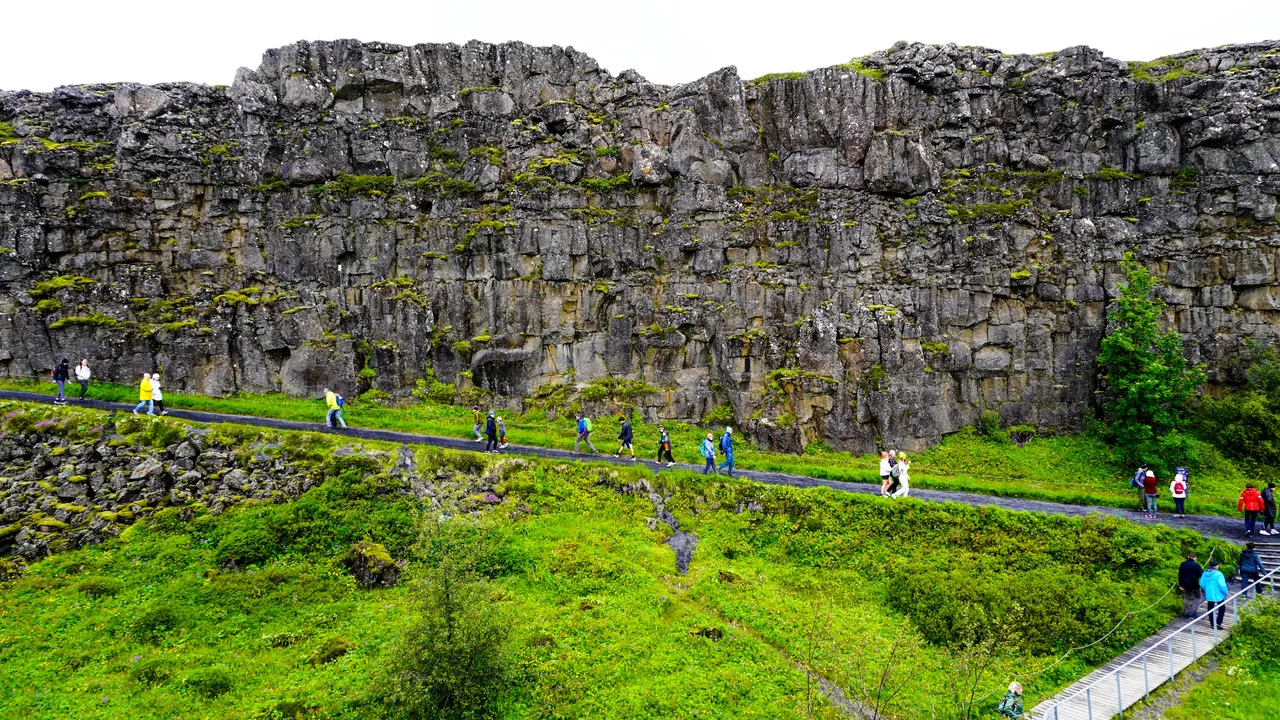

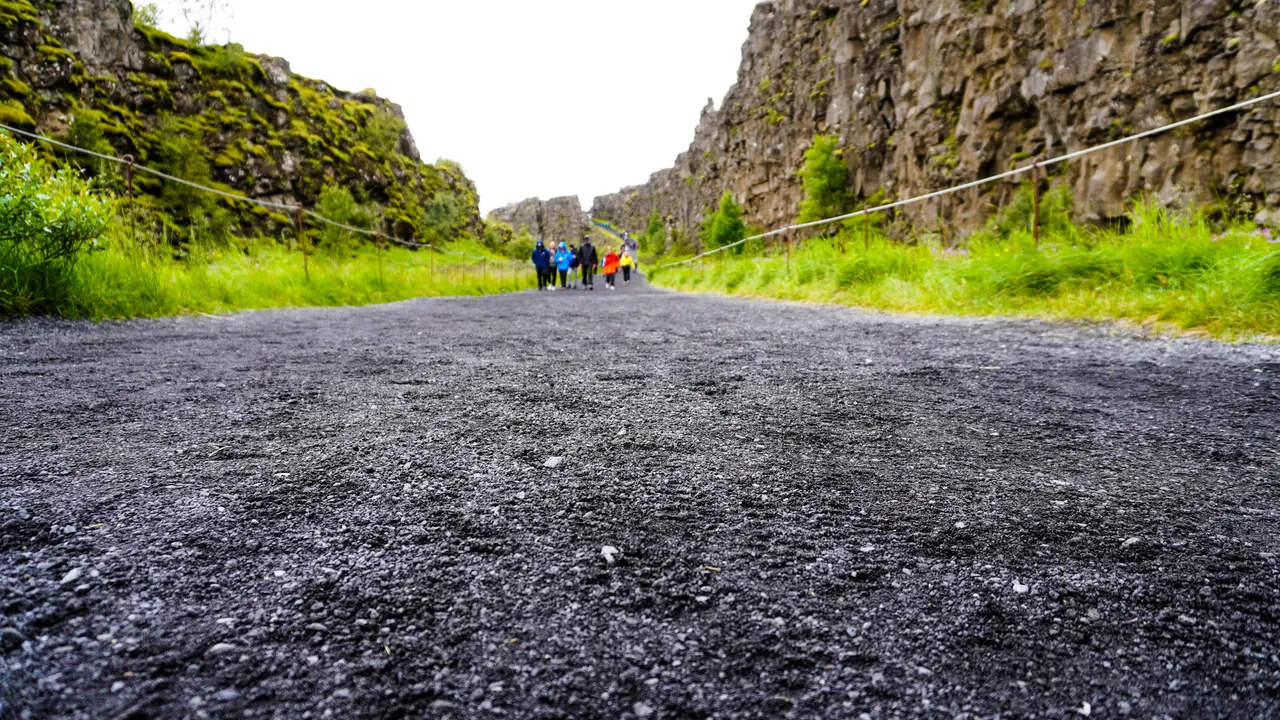
The tectonic plates move apart at approximately 2.5 centimetre, there are daily earthquakes (minors ones that can’t be felt). As expected, the area was quite crowded, but still it was nice to walk around and through the valley.


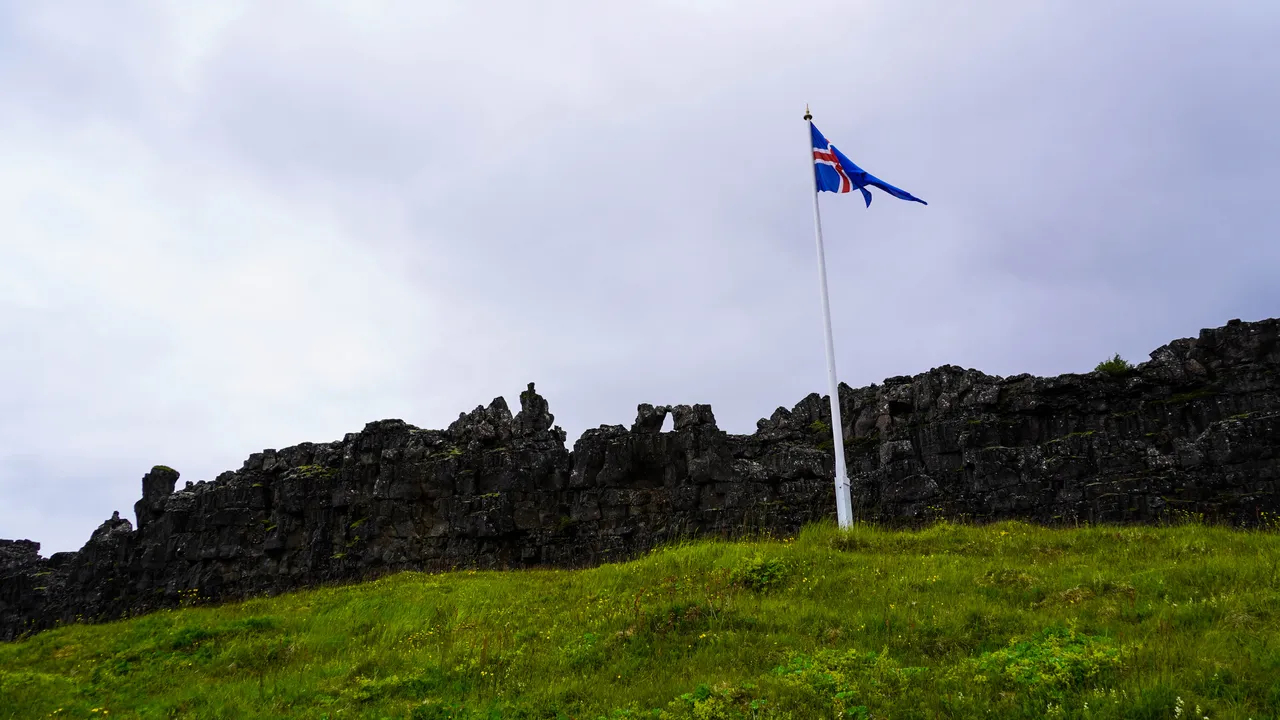

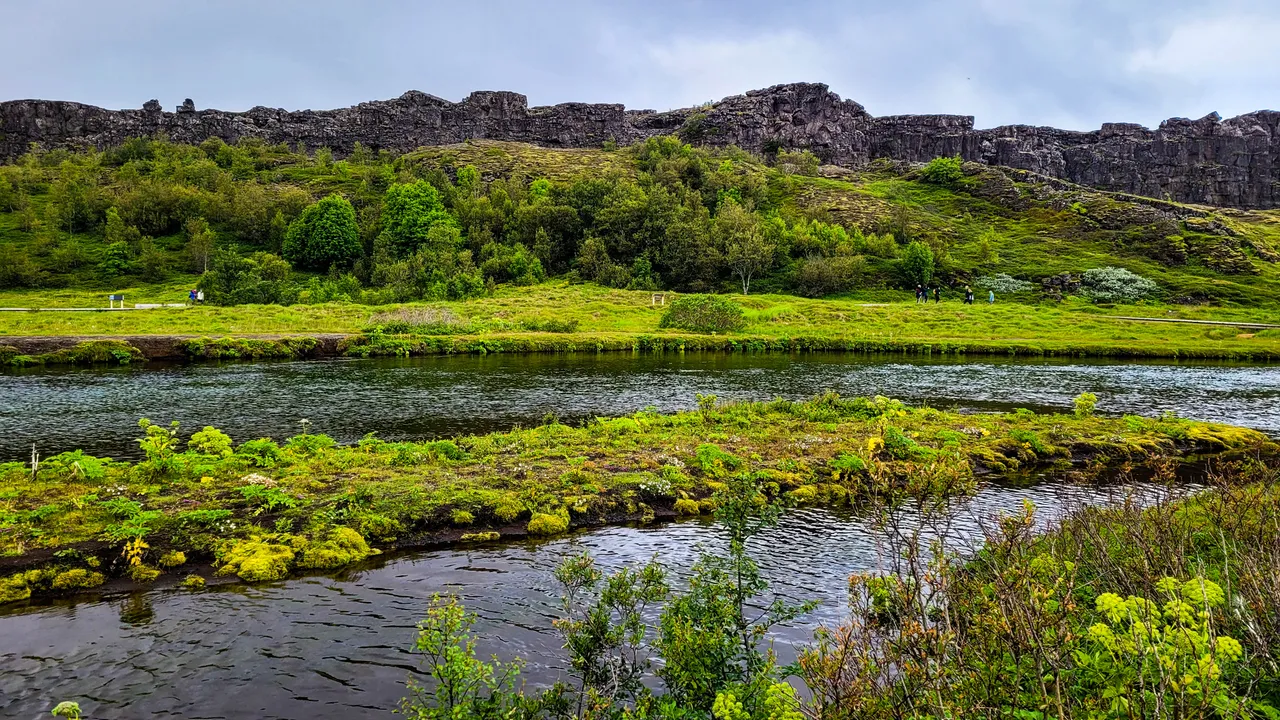

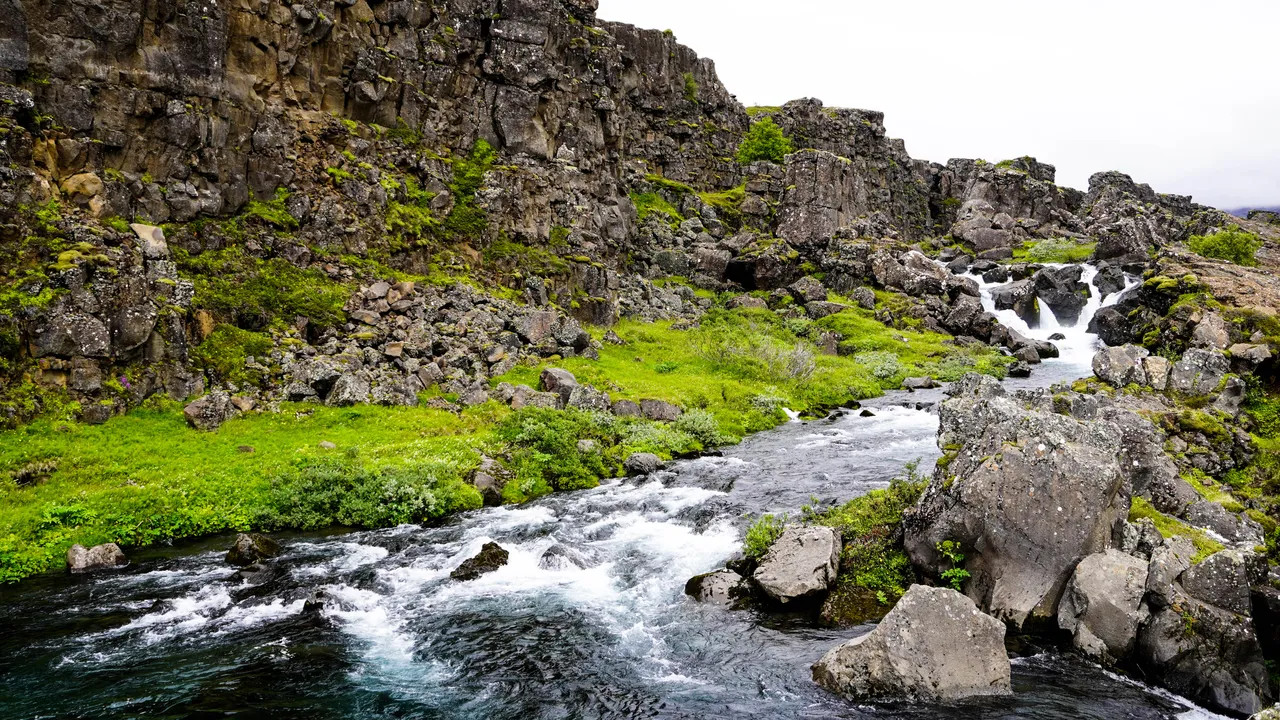
Geysir geothermal area
Next stop was the Geysir geothermal area. When we were driving to the area, we were already able to see the geyser eruption (the white cloud of the water and steam was quite high in the air). The Geysir geothermal area is very well equipped, with large parking space, restaurant etc.). As soon as we start walking in the direction of the geyser we were immediately embraced by the strong smell of rotten eggs.
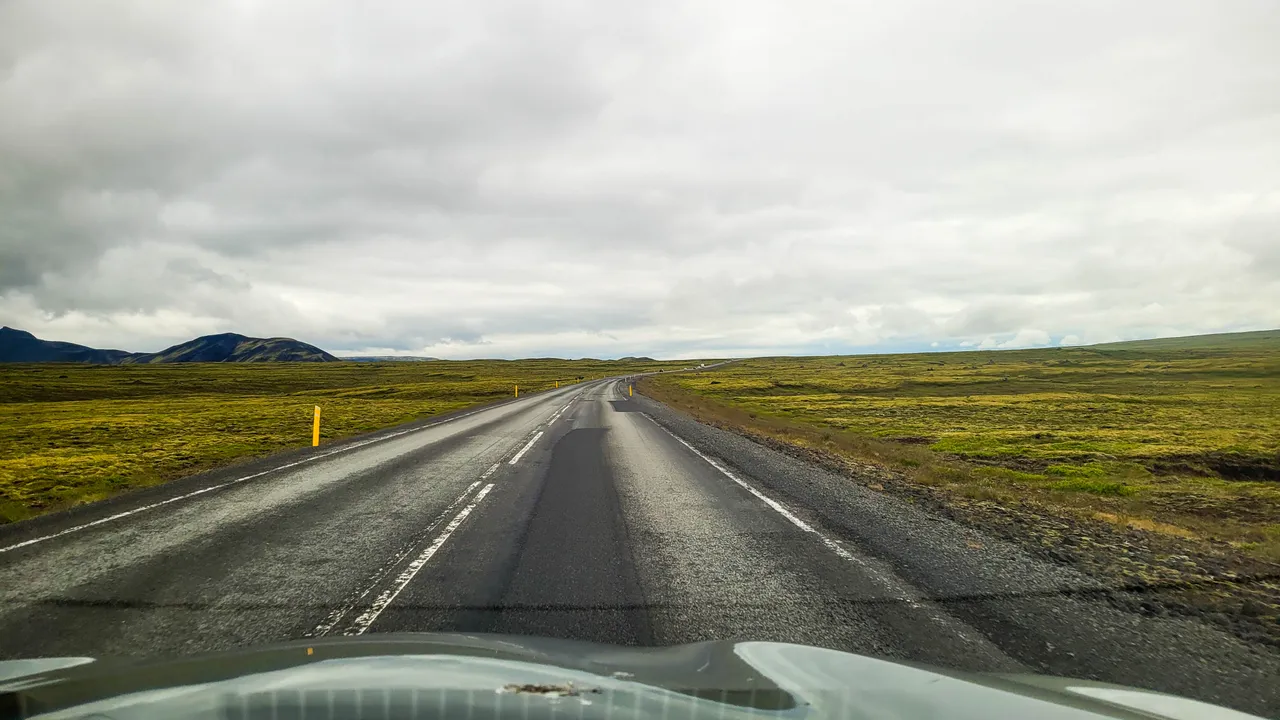
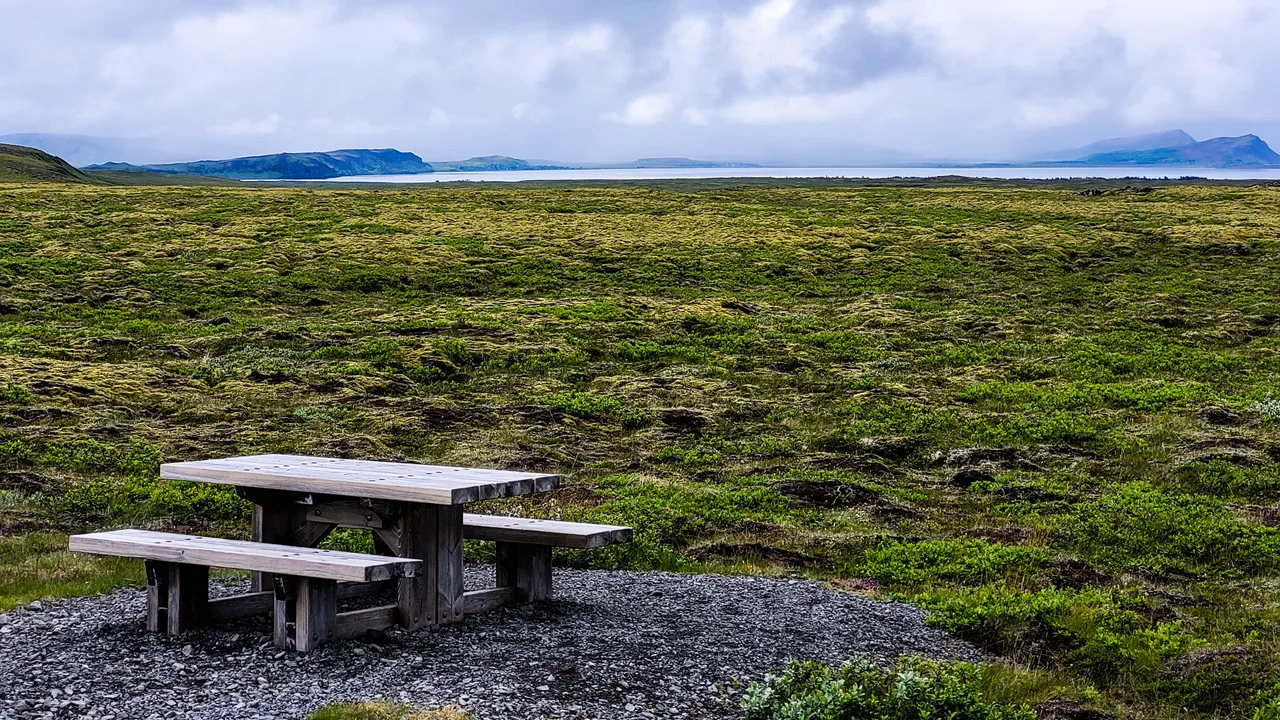
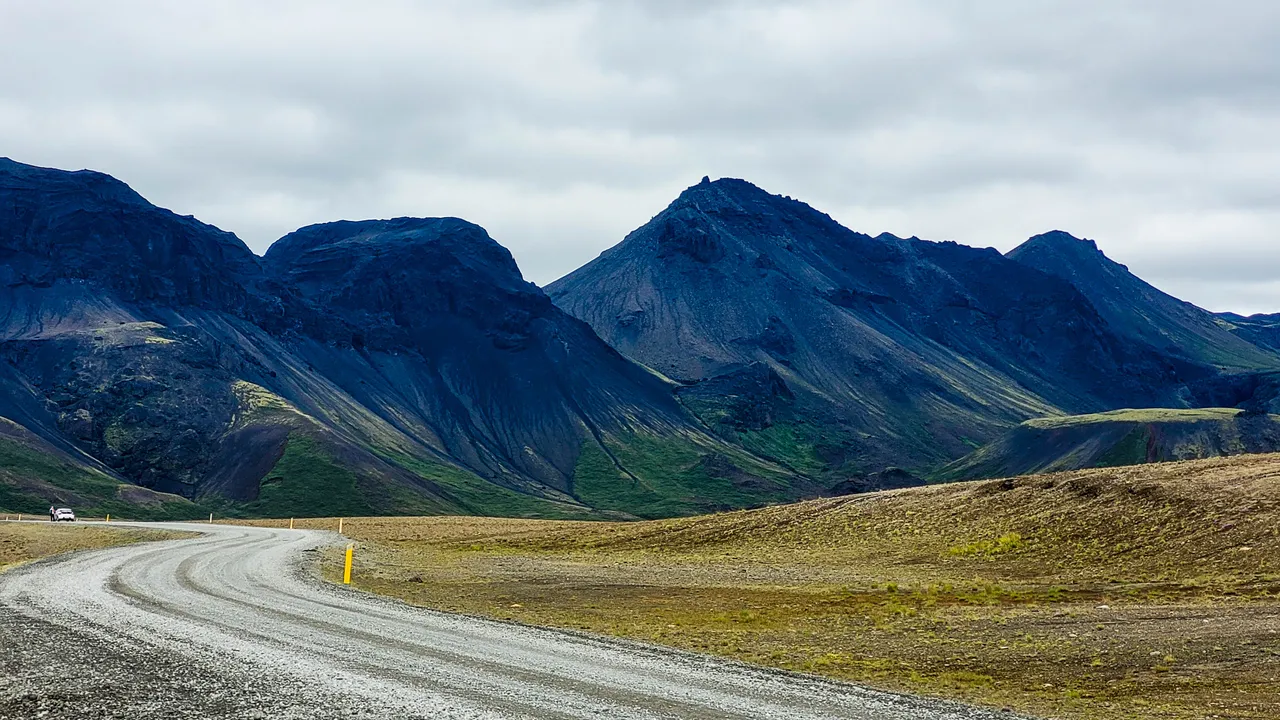

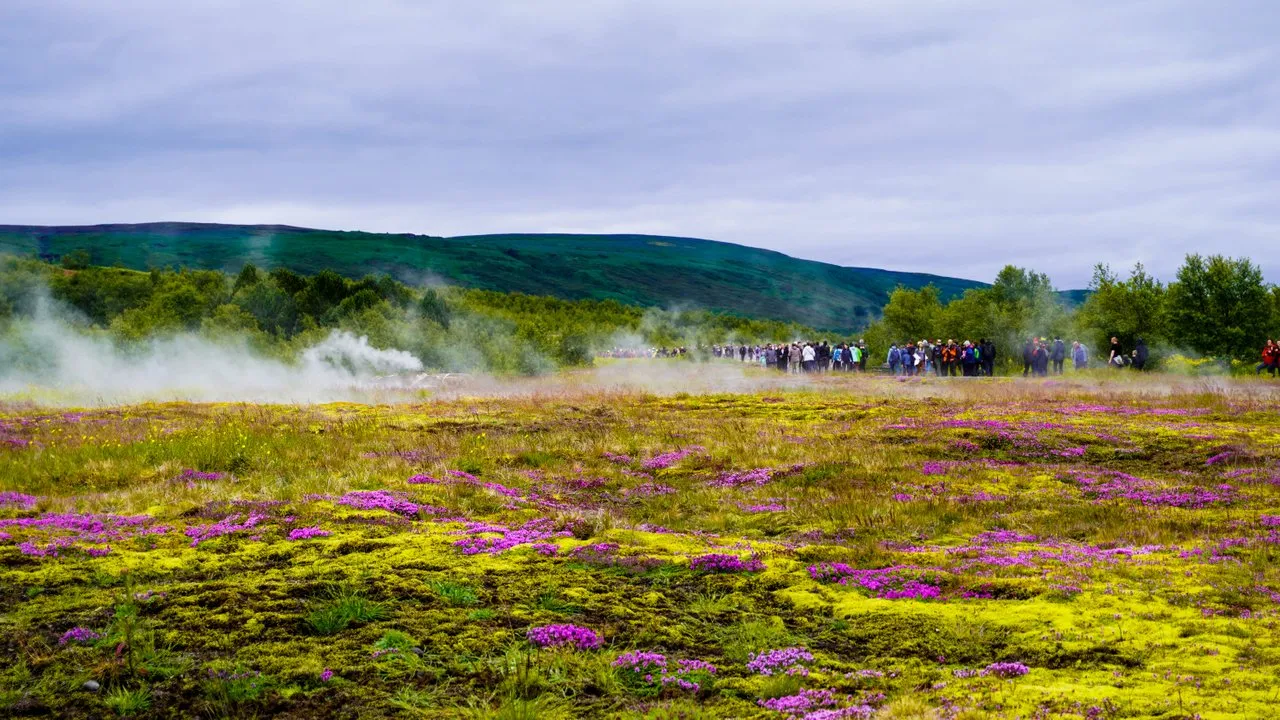
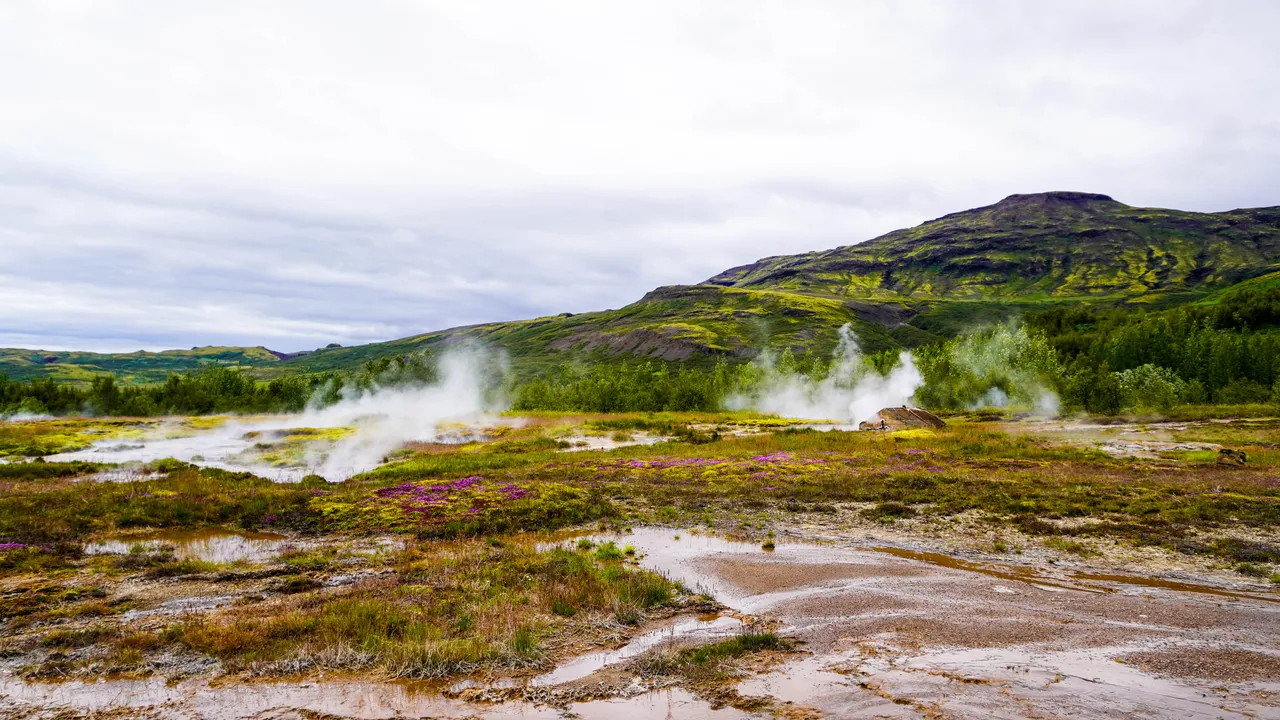


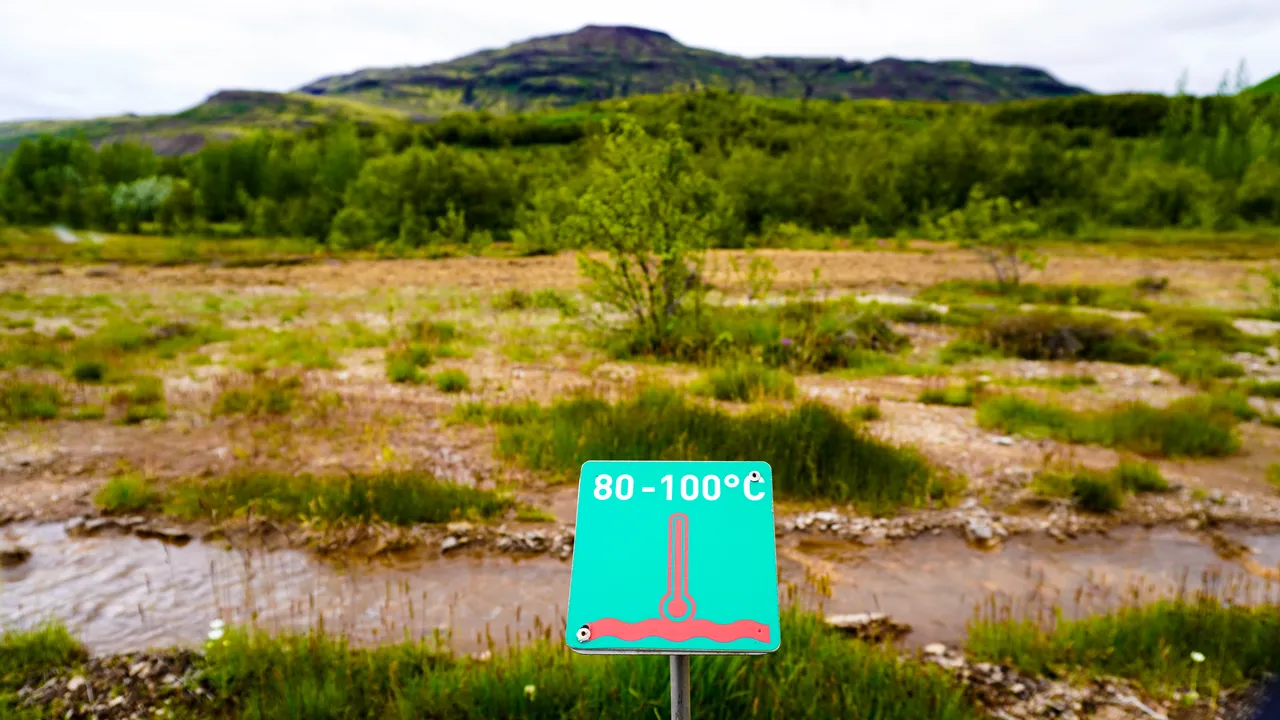
The geyser “Geysir« is one of the best-known geysers in the world and has given a name to other spouting hot springs around the world. The name Geysir is derived from the Icelandic verb, which means to erupt. I read that Geysir was very active in the year 1916, when it erupted every 30 minutes, but then it slowed down through the year and now it is mostly dormant.
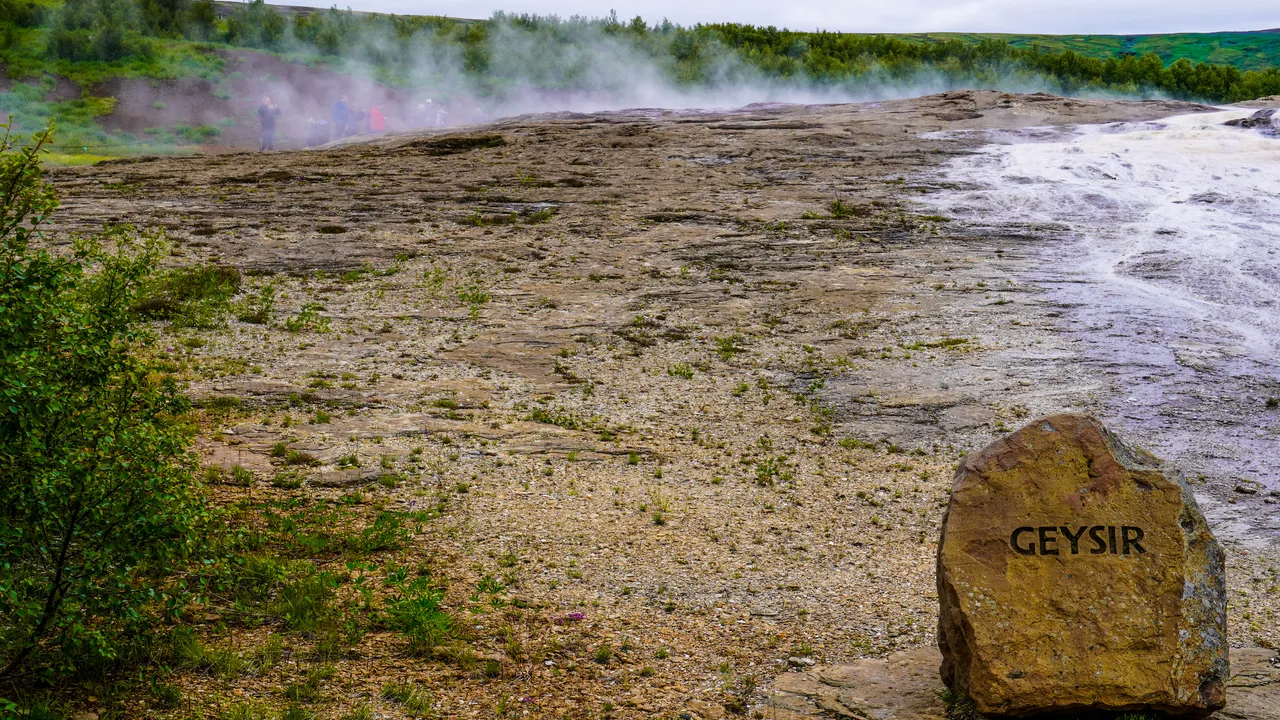

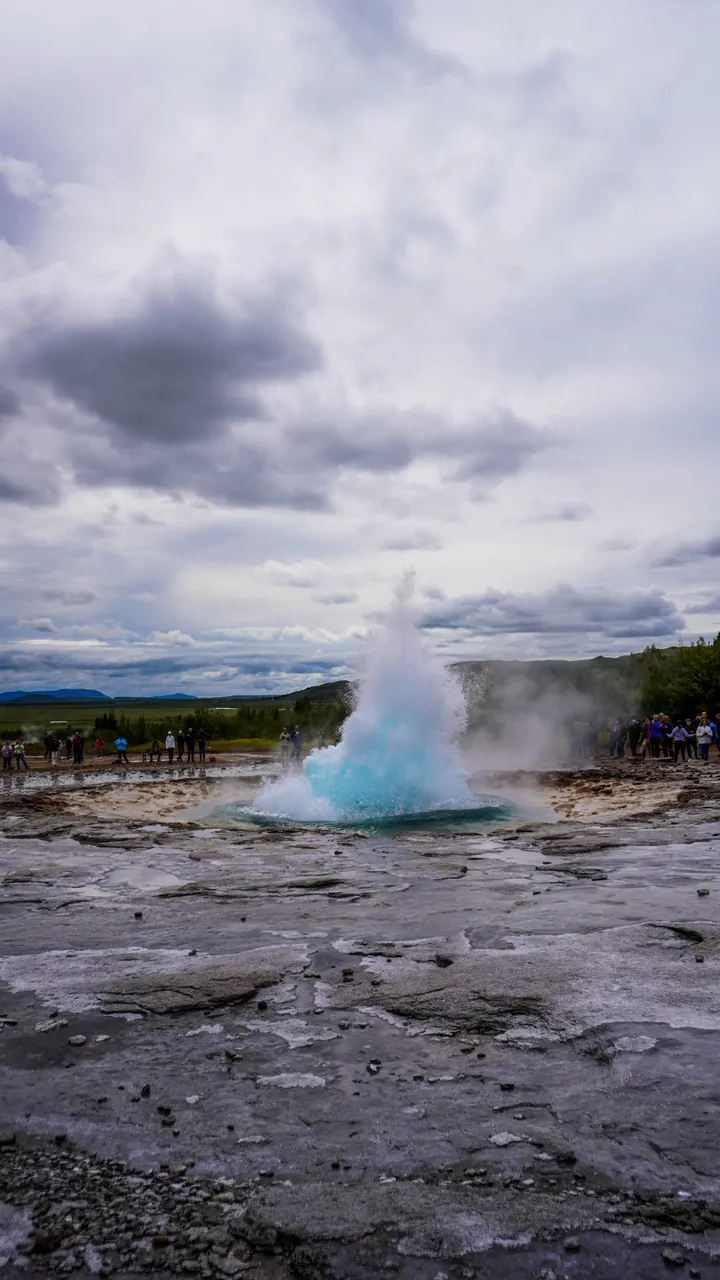
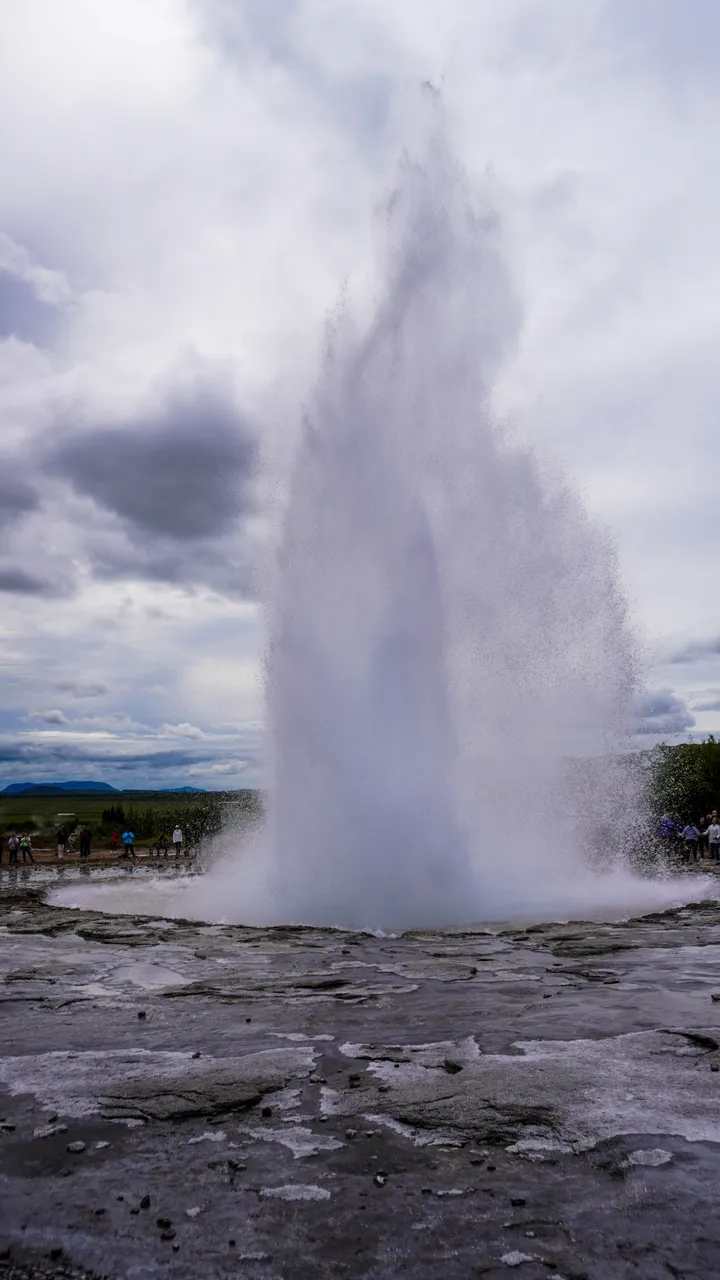
The geyser Strokkur took its place and is today the main attraction at the Geysir geothermal area. Strokkur erupts approximately every 5 to 10 minutes, and it shoots water 20-40 meters into the air. The geysir is much larger, and the eruption can be even 70 meters high. But years can go between eruptions at Geysir, and unfortunately, we didn’t have that much time, 😊 so we just waited for the “water show” at Strokkur. The fact is that the eruptions were different, some were smaller, some were bigger, but still very impressing and fascinating. There are a lot of visitors standing around the geyser and trying to capture the image on photo or video. If you have time, you can also climb a nearby hill and take a look at the eruption from above.

Only few steps away from Strokkur and Geysir there is a very nice hot spring called Blesi. The hot spring consist of two parts and are of fabulous blue color. After the big earthquakes in 2000, Blesi started bubbling and boiling, but it is dormant now.

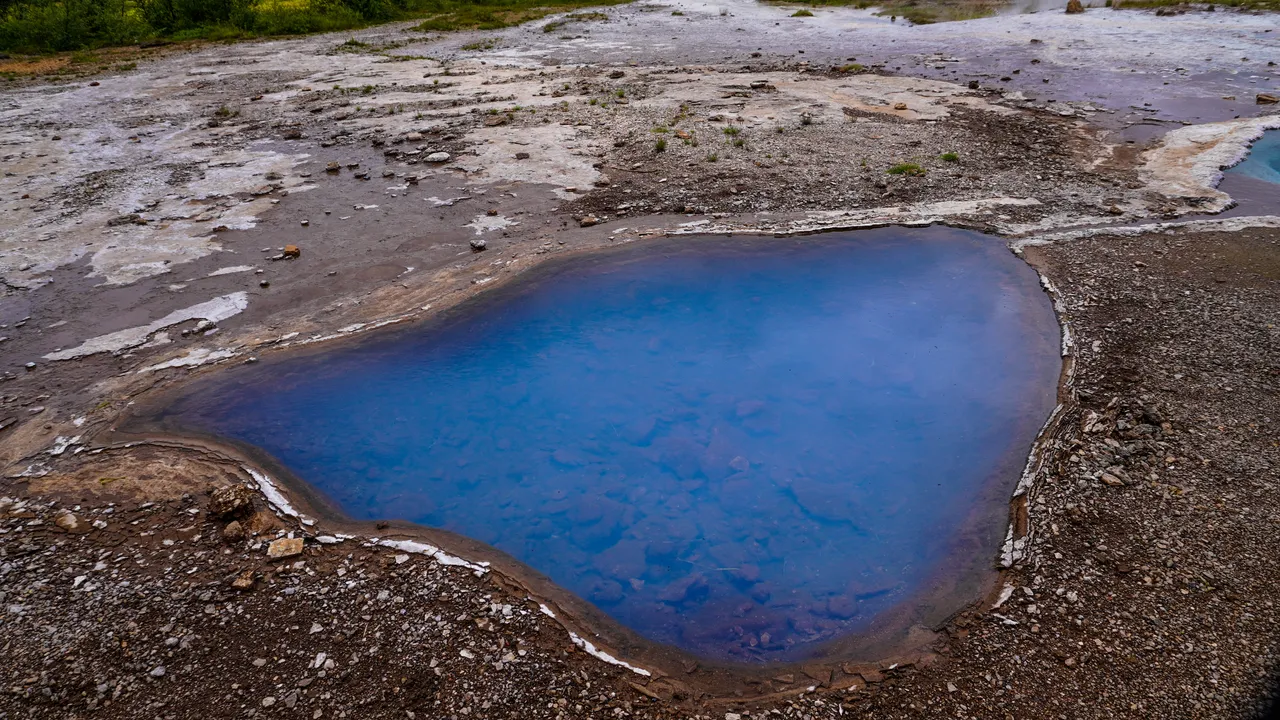

Just walking around the area (on designated paths only) you will discover many bubbling spots, with fumaroles, hot springs and mud hood pots… The colours of the nature in this area are mesmerizing.
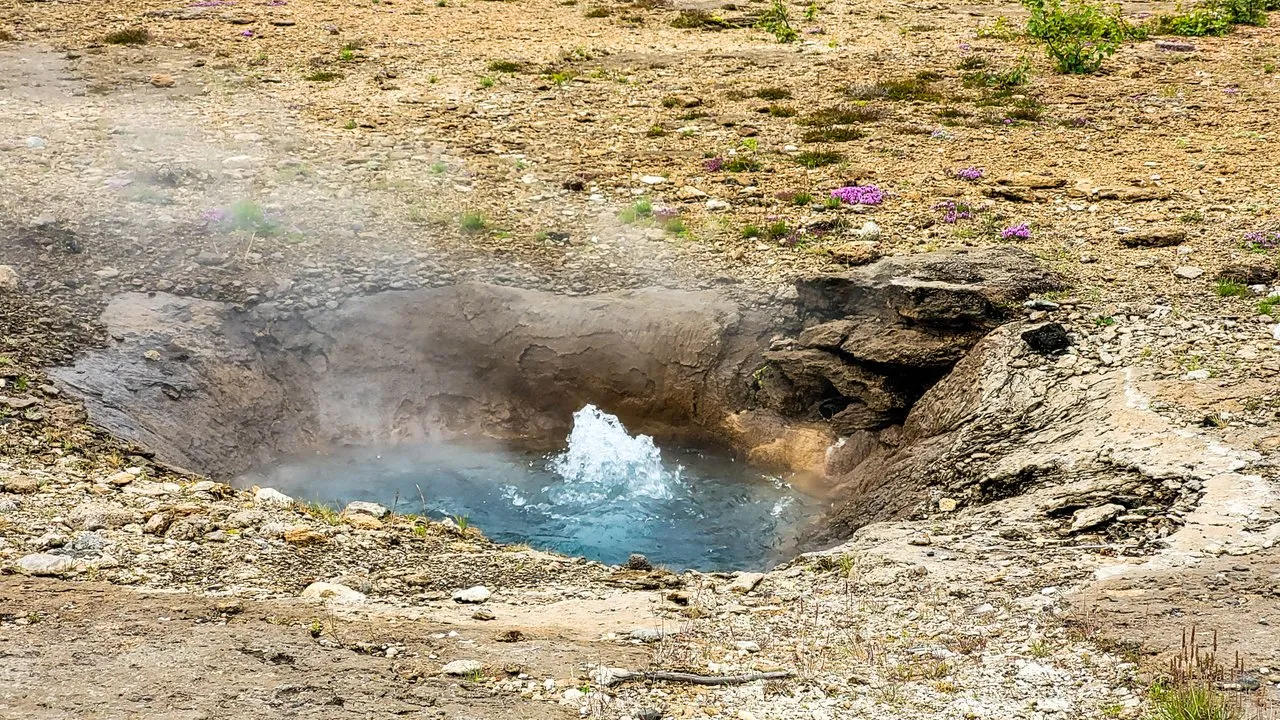


Gullfoss waterfall
Traveling south, we reached »our first« waterfall in Iceland – Gullfoss (the Golden fall). It was July, and in the summer months the waterfalls of Iceland are in the strongest phase. The power of some waterfalls was so great, that we really felt like we were trembling.
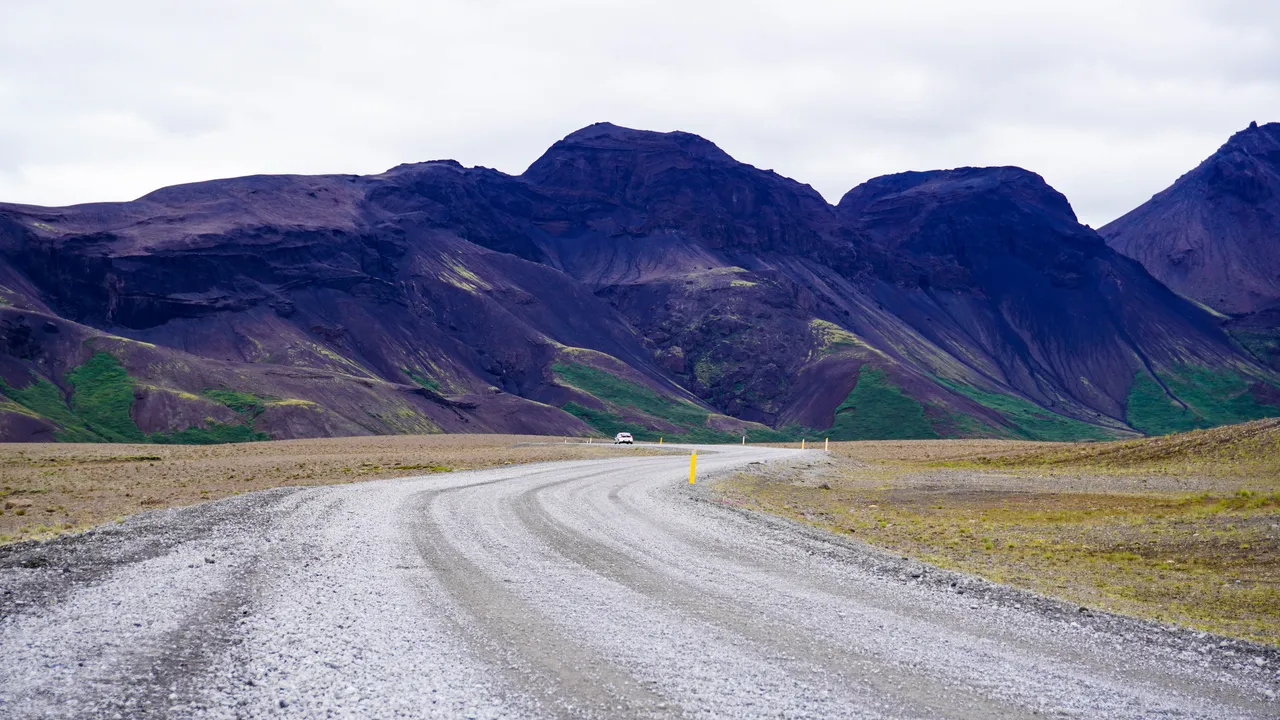
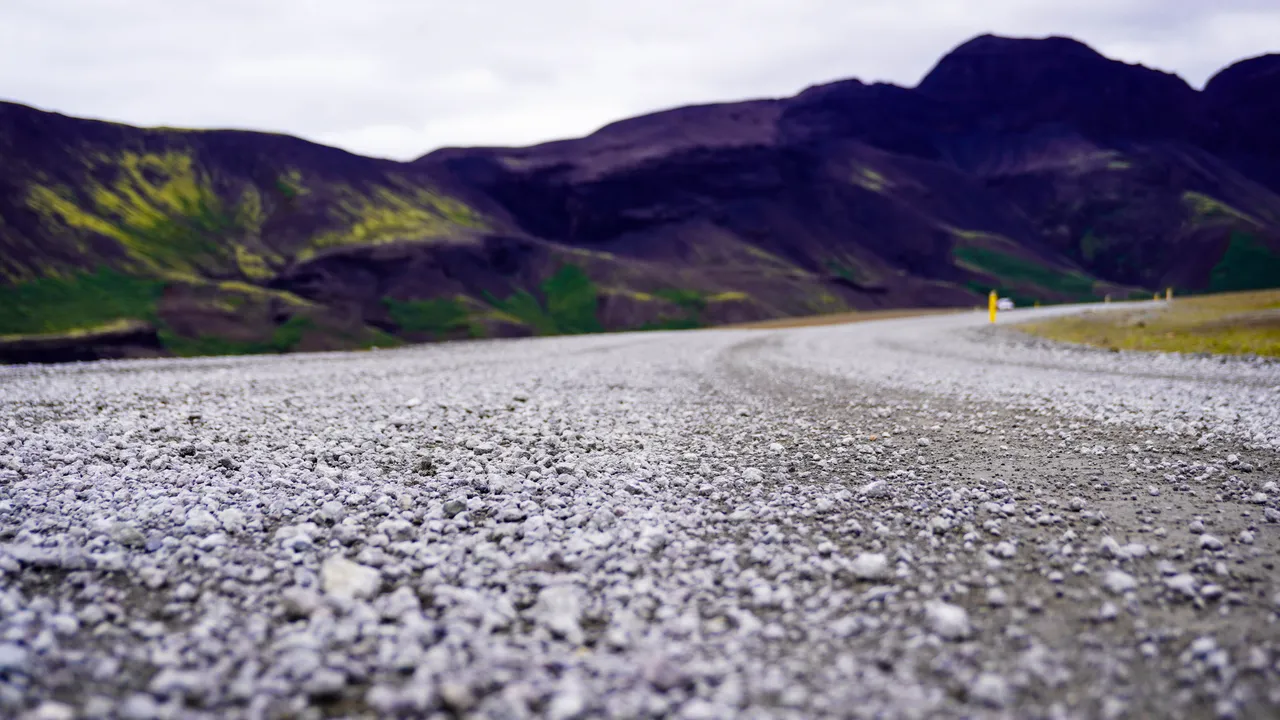

Gullfoss is created by the river Hvítá (starting the journey from the glacier Langjökull) that cascade 32 meters down in two stages (first cascade of 11 meters, and second one of 21 meters).
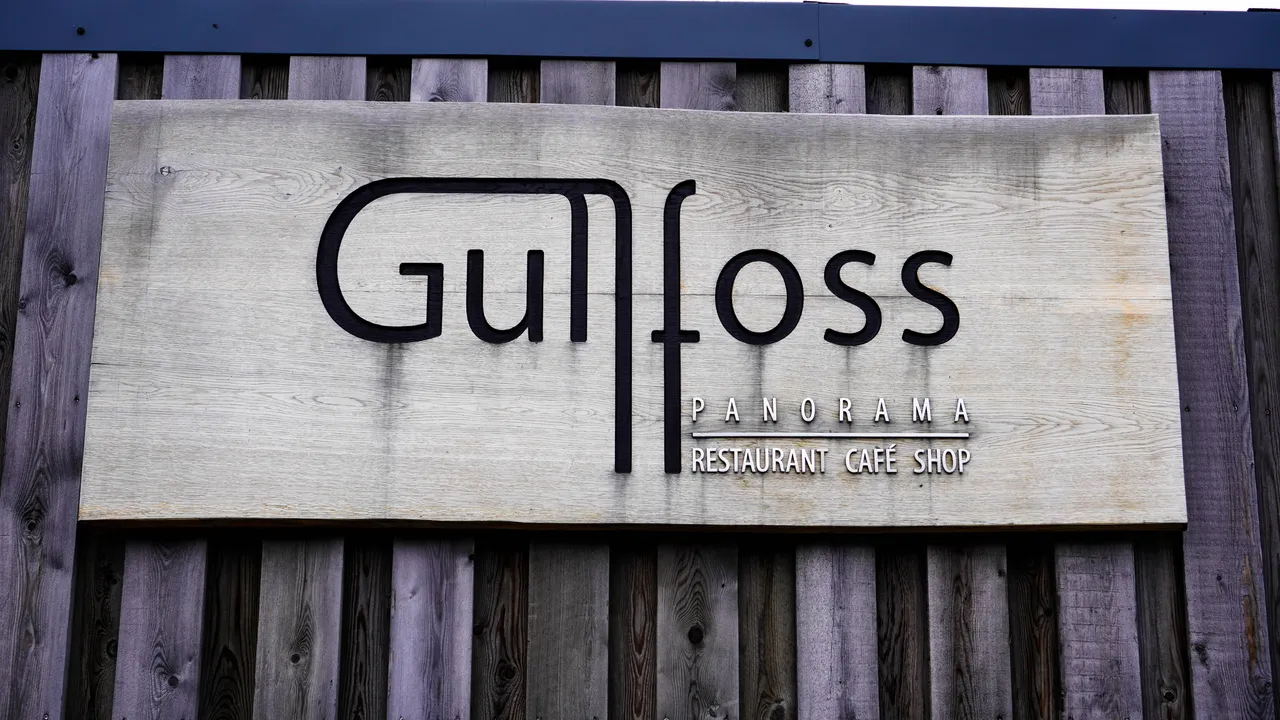



The walls of the canyon are huge, and the quantity of the water is immense. In the summer, approximately 140 cubic meters (459 cubic feet) of water surges down the waterfall every second. You feel the raw power of nature and in some parts of the path you can get really wet. I must say that all famous and well-known waterfalls in Iceland are easily accessible, they have many viewing points, so you can choose how close you want to go but even from a distance you have a very good sight. In any case, if you are planning a close visit, be prepared to get wet.


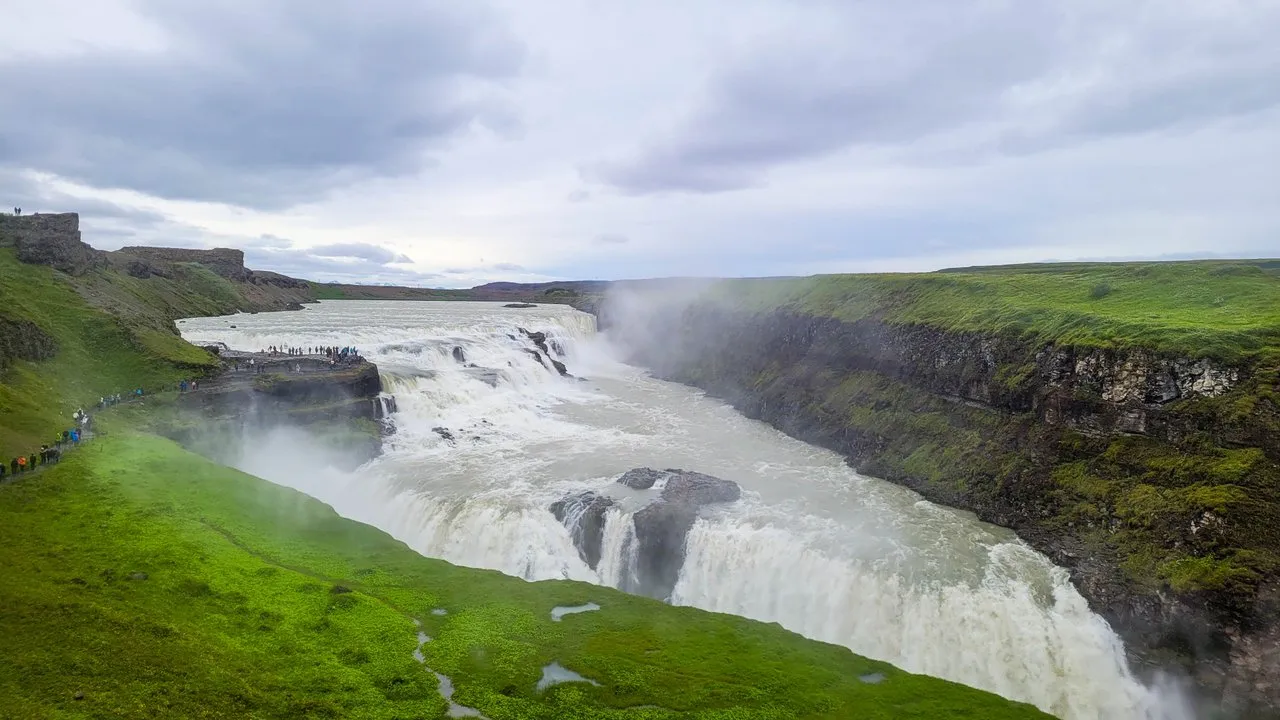

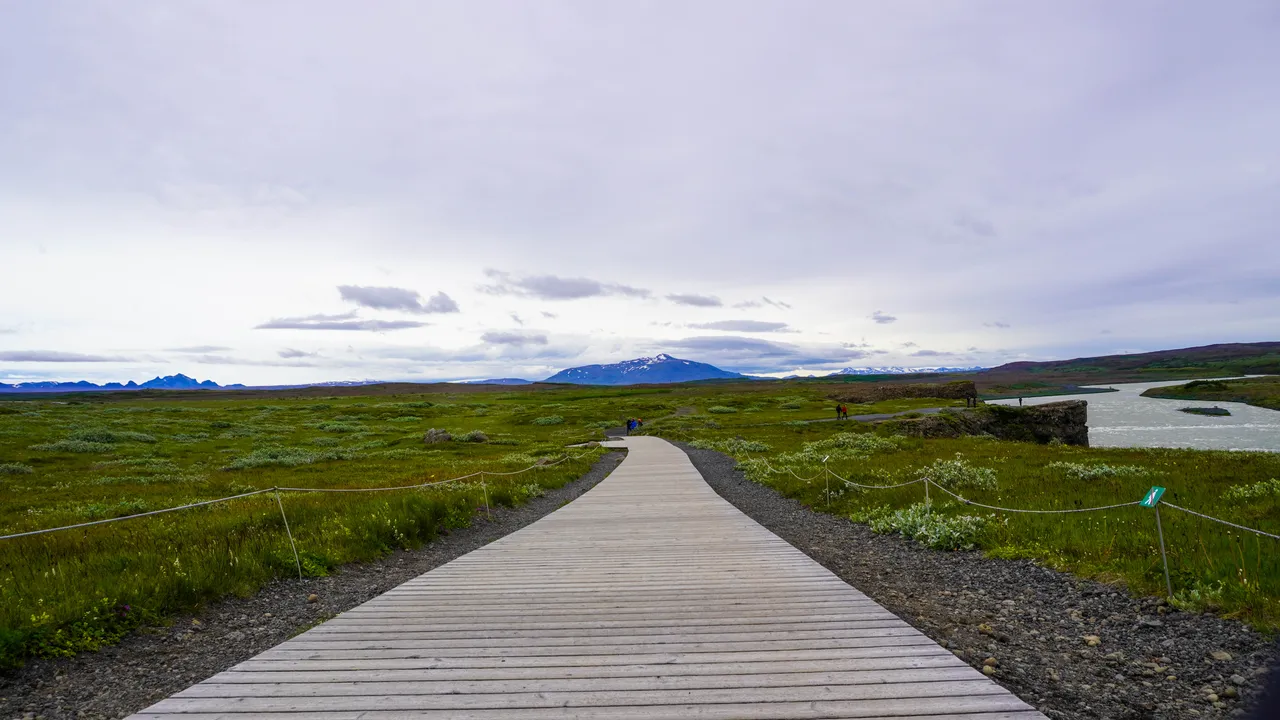
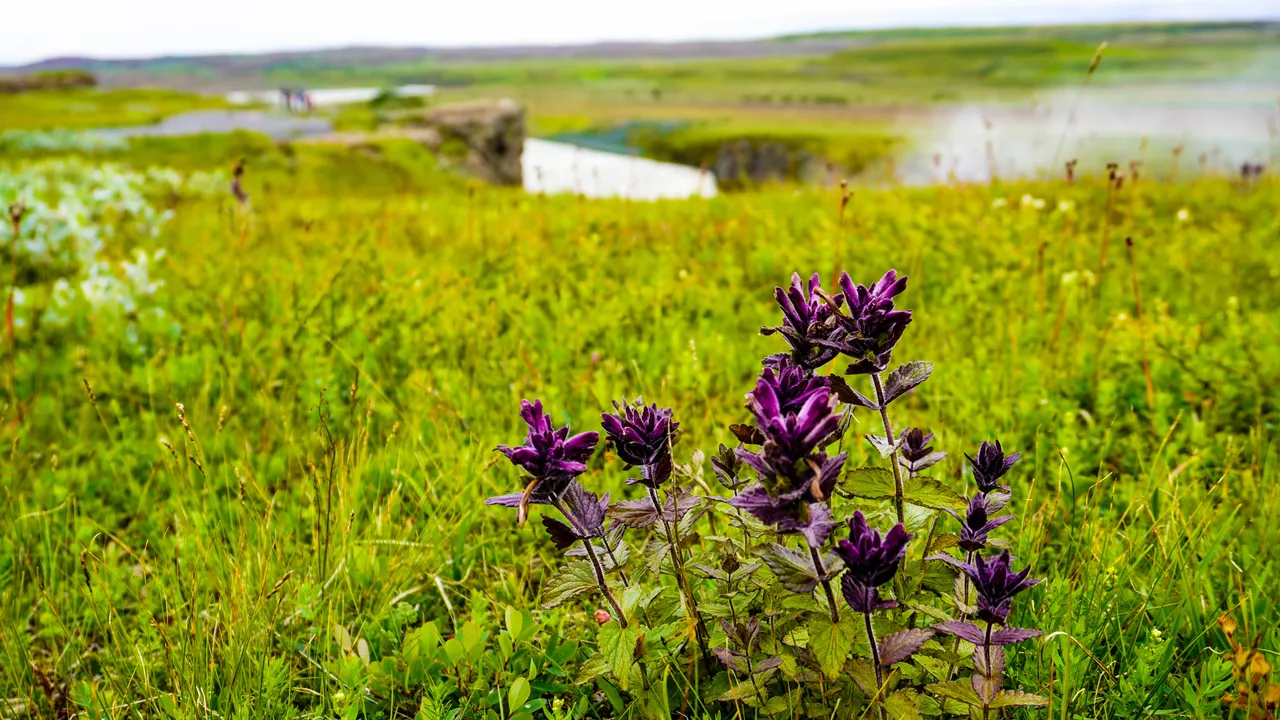
Our last stop of the day was the city of Selfoss, where we stopped at the supermarket to buy some food for dinner and breakfast. As many travelers already said, the food in Iceland is expensive and if you want to save some money, you will not eat at restaurants but will buy it at supermarkets and prepare you your own meal. That is why it is great if you book a room or an apartment where you can have your own or shared kitchen.



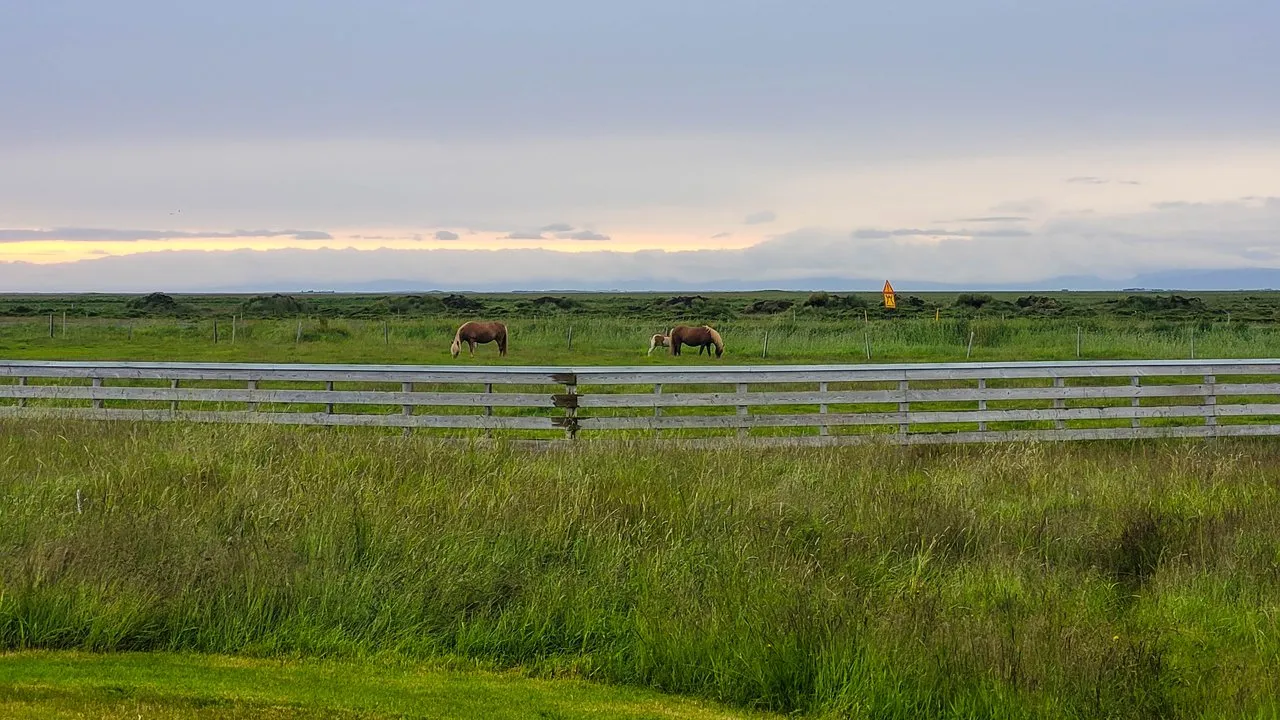


Thanks for reading,
feel free to leave a comment, I will be glad to reply to.
Best regards, @miljo76

